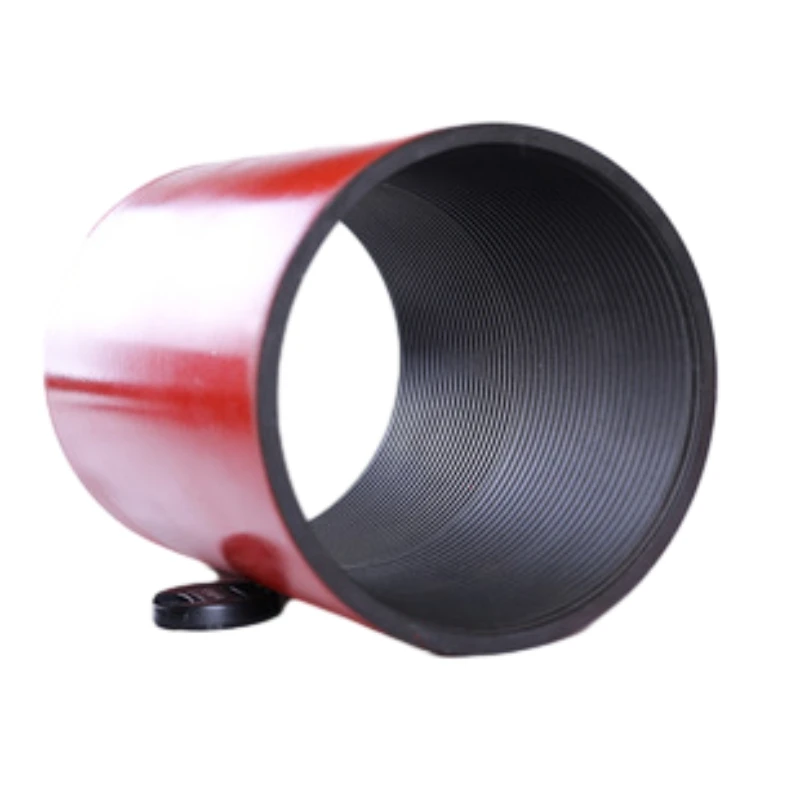- Afrikaans
- Albanian
- Amharic
- Arabic
- Armenian
- Azerbaijani
- Basque
- Belarusian
- Bengali
- Bosnian
- Bulgarian
- Catalan
- Cebuano
- Corsican
- Croatian
- Czech
- Danish
- Dutch
- English
- Esperanto
- Estonian
- Finnish
- French
- Frisian
- Galician
- Georgian
- German
- Greek
- Gujarati
- Haitian Creole
- hausa
- hawaiian
- Hebrew
- Hindi
- Miao
- Hungarian
- Icelandic
- igbo
- Indonesian
- irish
- Italian
- Japanese
- Javanese
- Kannada
- kazakh
- Khmer
- Rwandese
- Korean
- Kurdish
- Kyrgyz
- Lao
- Latin
- Latvian
- Lithuanian
- Luxembourgish
- Macedonian
- Malgashi
- Malay
- Malayalam
- Maltese
- Maori
- Marathi
- Mongolian
- Myanmar
- Nepali
- Norwegian
- Norwegian
- Occitan
- Pashto
- Persian
- Polish
- Portuguese
- Punjabi
- Romanian
- Russian
- Samoan
- Scottish Gaelic
- Serbian
- Sesotho
- Shona
- Sindhi
- Sinhala
- Slovak
- Slovenian
- Somali
- Spanish
- Sundanese
- Swahili
- Swedish
- Tagalog
- Tajik
- Tamil
- Tatar
- Telugu
- Thai
- Turkish
- Turkmen
- Ukrainian
- Urdu
- Uighur
- Uzbek
- Vietnamese
- Welsh
- Bantu
- Yiddish
- Yoruba
- Zulu
Understanding the Key Distinctions Between Casing and Tubing in Oil Wells
The Difference Between Casing and Tubing in Oil and Gas Industry
In the oil and gas industry, the terms casing and tubing refer to two critical components of well construction that play distinct roles in the extraction process. While both are essential in ensuring the safe and effective operation of a well, their functions, materials, and installation processes differ significantly. Understanding these differences is crucial for anyone involved in oil and gas exploration and production.
1. Definition and Purpose
Casing is a series of steel pipes that are installed in a wellbore to provide structural integrity and prevent the collapse of the well. It serves multiple purposes, such as isolating different rock formations, preventing surface water from contaminating the well, and protecting the environment. Casing is typically cemented in place to ensure it remains stable and secure throughout the life of the well.
In contrast, tubing is a smaller-diameter pipe that is inserted into the casing to transport oil, gas, or water from the production zone to the surface. The primary function of tubing is to allow the flow of hydrocarbons while protecting the casing from the corrosive effects of the produced fluids. Tubing is not cemented in place, allowing for easier removal and maintenance if necessary.
Both casing and tubing are usually made from high-strength steel, designed to withstand high pressures and harsh environmental conditions. However, the specifications for each differ due to their distinct roles. Casing is generally thicker and more robust to withstand the pressure exerted by the surrounding rock formations and to prevent leaks from the wellbore. It can come in various sizes and grades, depending on the depth of the well and the characteristics of the formations being drilled.
what is the difference between casing and tubing?

Tubing, on the other hand, is typically lighter and more flexible than casing. Its design allows for the efficient flow of fluids, and it comes in various sizes that fit within the casing. Tubing must also be resistant to corrosion and wear, as it comes in direct contact with produced fluids and gases.
3. Installation Process
The installation processes for casing and tubing are also different. During drilling, casing is installed after reaching a particular depth. Once the desired depth is achieved, the casing sections are lowered into the wellbore, and cement is pumped down to stabilize the structure.
After the casing is set and cemented, tubing is installed through the casing. This process usually involves running the tubing down into the well, connecting sections as needed, and attaching various components such as safety valves and pumps to facilitate production.
Conclusion
In summary, while both casing and tubing are integral to well construction in the oil and gas industry, they serve different functions, are made from distinct materials, and are installed through separate processes. Casing provides structural support and environmental protection, while tubing enables the flow of hydrocarbons to the surface. Understanding these differences is essential for optimizing well performance and ensuring safety in drilling operations.
-
Tubing Pup Joints: Essential Components for Oil and Gas OperationsNewsJul.10,2025
-
Pup Joints: Essential Components for Reliable Drilling OperationsNewsJul.10,2025
-
Pipe Couplings: Connecting Your World EfficientlyNewsJul.10,2025
-
Mastering Oilfield Operations with Quality Tubing and CasingNewsJul.10,2025
-
High-Quality Casing Couplings for Every NeedNewsJul.10,2025
-
Boost Your Drilling Efficiency with Premium Crossover Tools & Seating NipplesNewsJul.10,2025







